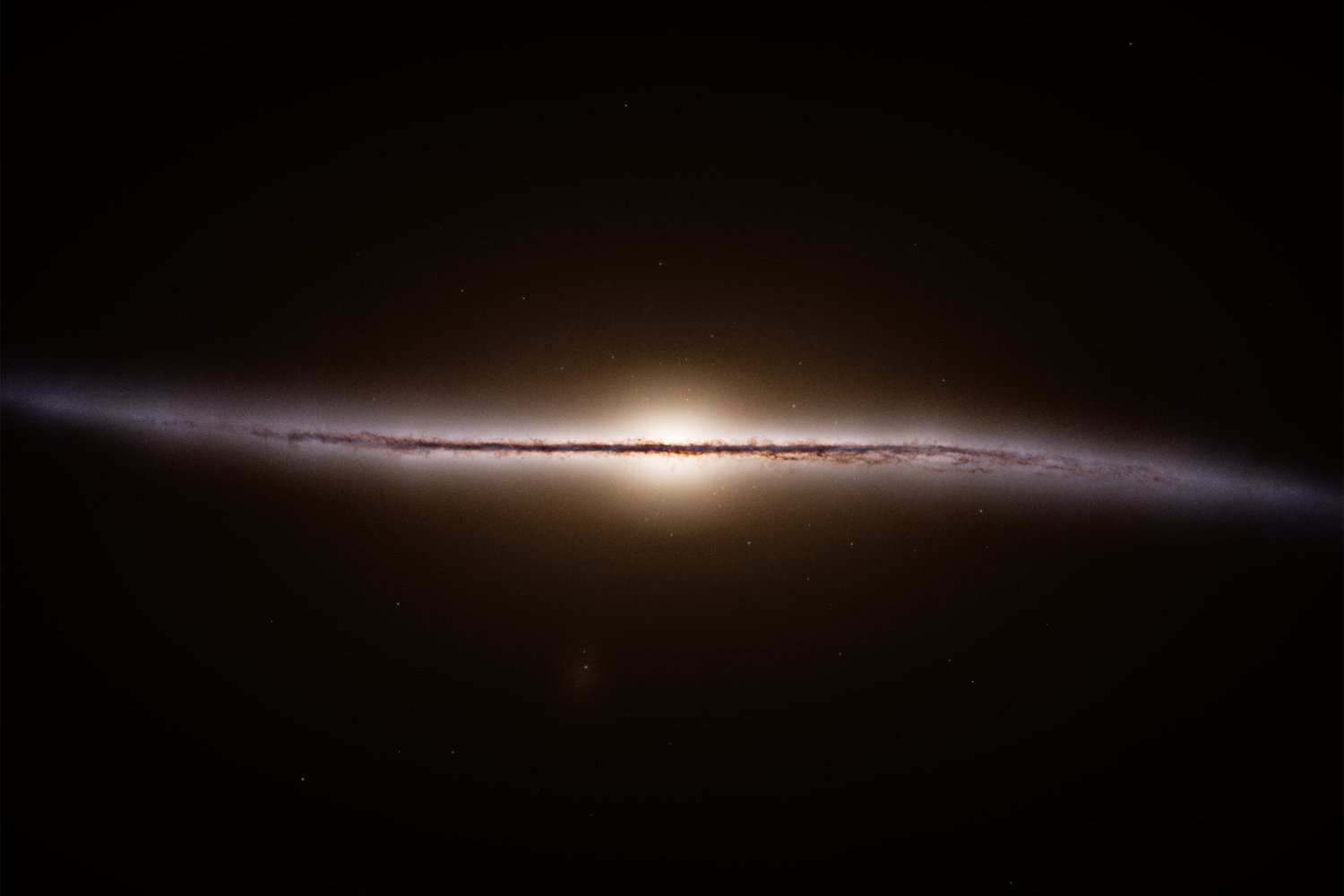Astronomers Create Detailed 3D Map of Cosmic Dust in the Milky Way
A team of astronomers at the Max Planck Institute for Astronomy has successfully constructed a comprehensive, three-dimensional map of the cosmic dust in our galaxy. This map utilizes 130 million spectra from the European Space Agency’s Gaia mission to reveal the properties of the dust that clouds the cosmos between our world and almost everything else in the Milky Way. The 3D map identifies where the dust most significantly impacts the clarity of the cosmos and charts the regions where the "extinction" of light is less affected by the particulate matter. The team’s research has been published in Science.
The dust distorts our view of stars and other celestial bodies, making them appear redder and fainter than they actually are. This effect, known as extinction, is caused by the absorption and scattering of background light by intermediate objects, in this case, dust grains. To create the map, the research team selected 130 million stars from the 220 million spectra released by the Gaia mission in June 2022, which they deemed useful for their dust search.
The researchers then employed a neural network, a machine learning system that mimics the processes of neurons in a brain, to generate spectra based on the properties of the smaller group of stars and the properties of the dust itself. This approach enabled the team to create a detailed 3D map of the cosmic dust in the Milky Way.
[Image: A visualization of the extinction curve of light caused by the dust, out to 8,000 light-years from the Sun. Graphic: X. Zhang/G. Green, MPIA]The visualization above illustrates how the extinction curve caused by dust manifests itself around our Sun, up to 8,000 light-years in every direction. The red regions in the graphic indicate where the extinction of light is more dependent on the wavelength of the light, whereas extinction is not as dependent on wavelength in the blue regions. The grey contouring shows areas of higher dust density in the map.
According to a Max Planck Institute release, the 3D map also revealed that the extinction curve for denser regions of dust was steeper than expected. The researchers suspect that this steep curve may be caused by an abundant form of hydrocarbon in the cosmos, a position they hope to understand with more observations.
The Gaia spacecraft collected over three trillion observations of the Milky Way between July 24, 2014, and January 15, 2025, after which it retired. Gaia’s data has helped scientists produce the best reconstructed view of our galaxy as it would appear to an outside observer. In addition to mapping, the telescope has a notable track record with black holes, having helped researchers identify the heaviest stellar-mass black hole in the Milky Way and spot the closest-known black hole to Earth.
Source Link




